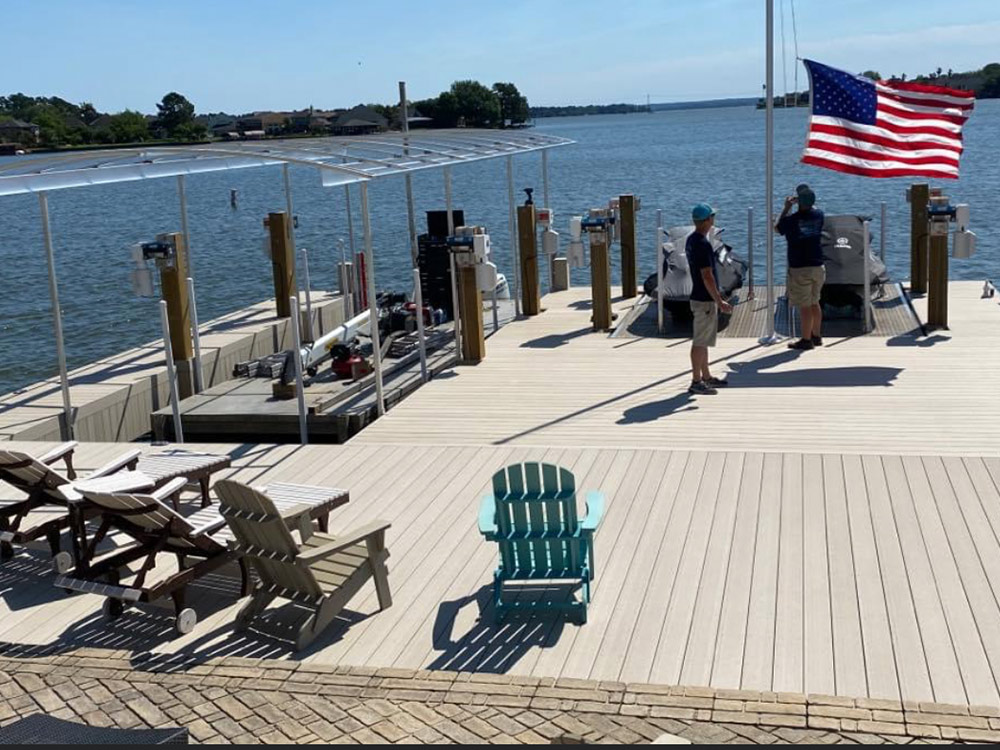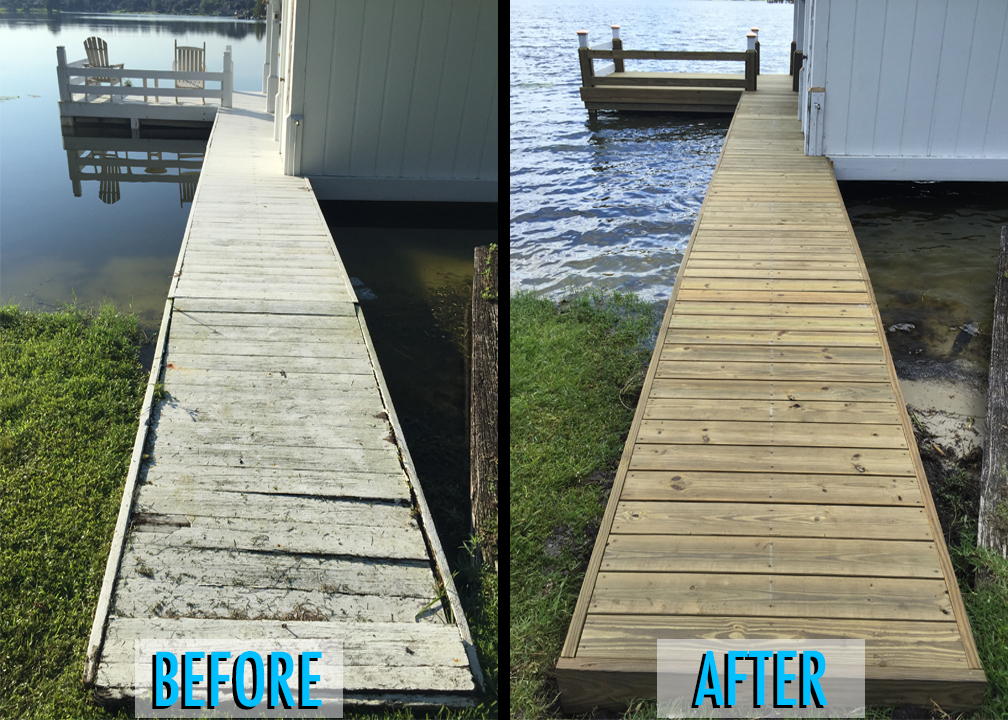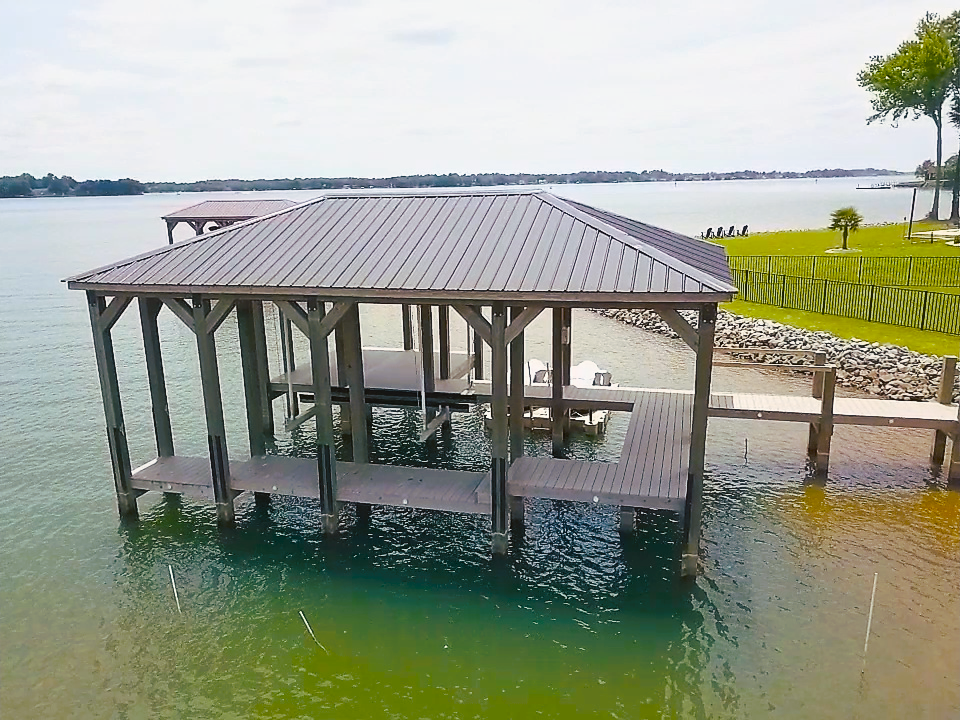Why Normal Upkeep Can Decrease Future Dock Repairs
Why Normal Upkeep Can Decrease Future Dock Repairs
Blog Article
Effective Dock Repair Techniques: Making Sure Architectural Integrity
Guaranteeing the architectural honesty of docks via effective fixing methods is critical for the long life and security of aquatic facilities. Ultimately, choosing the appropriate fixing materials, such as composite materials and corrosion-resistant alloys, is crucial for sturdiness.
Evaluating Dock Damage
Analyzing dock damage is an important initial step in making certain the architectural integrity and safety of any type of docking center. This preliminary analysis includes a comprehensive evaluation to identify both concealed and visible problems. Key facets to check out consist of the dock's foundation, pilings, outdoor decking, and hardware. Each part must be looked at for indicators of wear, rot, corrosion, or other types of deterioration that can endanger the structural stability.
Structural engineers or certified inspectors normally perform these evaluations using specialized techniques and tools. Undersea assessments could employ sonar tools or remotely operated lorries (ROVs) to discover immersed damage. Above water, aesthetic evaluations are enhanced by utilizing moisture meters and various other diagnostic devices to uncover underlying issues not instantly visible to the nude eye.

Finding Repair Work Materials
Selecting the proper fixing products is a pivotal action in the dock restoration procedure, one that directly affects the durability and performance of the repaired structure. Product option must be driven by variables such as ecological conditions, load-bearing demands, and compatibility with existing dock elements. For example, timber is a conventional choice for anchors because of its all-natural resilience and visual appeal. Nonetheless, selecting the appropriate type of timber, such as pressure-treated lumber or normally rot-resistant varieties like cedar or teak, is critical to stand up to water settings.
Along with wood, composite products are significantly prominent due to their longevity and low maintenance requirements. Compounds, generally made from a mix of plastic and timber fibers, supply excellent resistance to rot, insects, and UV damages. For steel anchors, choosing corrosion-resistant alloys such as galvanized steel or marine-grade aluminum is important to avoid rust and make certain structural integrity in saline water problems.
Epoxy resins and marine-grade sealants are essential for repairing cracks and sealing joints, supplying a water resistant obstacle and boosting the dock's general strength. By thoroughly picking premium products, dock repairs can accomplish lasting outcomes, thereby securing against future degradation and guaranteeing safe, reliable use.
Architectural Support Techniques
Efficient structural support strategies are important in making sure the security and longevity of dock fixings. This approach is particularly effective for docks exposed to heavy lots or rough ecological problems.
Another important technique is the application of fiber-reinforced polymers (FRP) These materials provide high strength-to-weight proportions and outstanding resistance to corrosion, making them optimal for reinforcing wood or concrete anchors. FRP can be applied in strips or sheets and adhered with epoxy resins to boost structural stability.
Bracing and securing systems additionally play a vital duty in structural reinforcement. Cross-bracing, utilizing steel or wood light beams, can counteract lateral forces, decreasing guiding and movement. Securing systems, such as helical piers or driven piles, offer a steady structure by transferring tons to deeper, much more stable soil layers.
Finally, the integration of load-distribution plates can assist disperse weight a lot more uniformly across the dock's surface area, alleviating localized tension factors. These strategies collectively make certain that docks remain robust and risk-free, capable of enduring the roughness of their functional environment.
Advanced Repair Service Techniques

One more advanced strategy entails underwater welding, which enables fixings to be conducted without the requirement to dewater the area. This approach is especially beneficial for resolving structural problems in immersed dock elements, making sure minimal browse around here interruption to operations. Improved welding techniques, coupled with robot systems, deliver accuracy and reliability, thus prolonging the lifespan of the dock.
Additionally, cathodic protection systems are executed to protect against corrosion in metallic dock structures. By utilizing sacrificial anodes or amazed existing systems, these techniques efficiently alleviate the electrochemical procedures that lead to product degeneration.
Finally, progressed tracking innovations, such as important source architectural wellness tracking (SHM) systems, give real-time information on the condition of dock frameworks. These systems allow positive maintenance and prompt treatments, eventually making certain the long-lasting architectural stability of the dock.
Upkeep and Prevention
Upkeep and prevention are basic ideas that underpin the durability and safety of dock structures. Normal assessments are extremely important, enabling for early discovery of deterioration, potential weaknesses, and ecological influences. A proactive method, entailing regular checks for deterioration, rot, and architectural shifts, reduces pricey repair services and extends the dock's functional life.
Safety nets ought to include using safety coatings to metal parts to defend against rust and making use of treated wood to resist degeneration. Furthermore, making sure appropriate water drainage and air flow can avoid water buildup, which is a typical reason of architectural degradation. Incorporating high quality materials and adhering to supplier standards during construction and fixing phases additionally play essential duties in improving sturdiness.

Educating workers in dock maintenance ideal techniques makes certain consistent application of safety nets. web link Leveraging technological breakthroughs, such as drones for inspections and sensors for real-time surveillance, can further boost upkeep efforts. By prioritizing upkeep and prevention, dock owners can ensure architectural honesty, functional safety, and cost-efficient monitoring over the dock's life-span.
Final Thought
To conclude, preserving the structural honesty of aquatic facilities necessitates detailed dock repair service techniques. Detailed evaluations using innovative devices uncover both noticeable and concealed damages, while the selection of suitable repair materials boosts durability. Carrying out structural support methods addresses stress points successfully. Advanced repair service methods, coupled with routine upkeep methods, ensure the dock remains safe and operational under varied environmental conditions. Adopting these strategies substantially prolongs the life expectancy and capability of marine infrastructure.
Making sure the architectural integrity of anchors with reliable repair work strategies is critical for the durability and safety of aquatic facilities.Picking the suitable repair products is a pivotal action in the dock reconstruction process, one that straight affects the durability and performance of the repaired framework.Reliable structural support strategies are vital in guaranteeing the stability and longevity of dock repairs. By focusing on upkeep and prevention, dock proprietors can ensure structural integrity, operational safety and security, and economical monitoring over the dock's life expectancy.
In final thought, maintaining the architectural stability of aquatic centers demands detailed dock repair work strategies.
Report this page